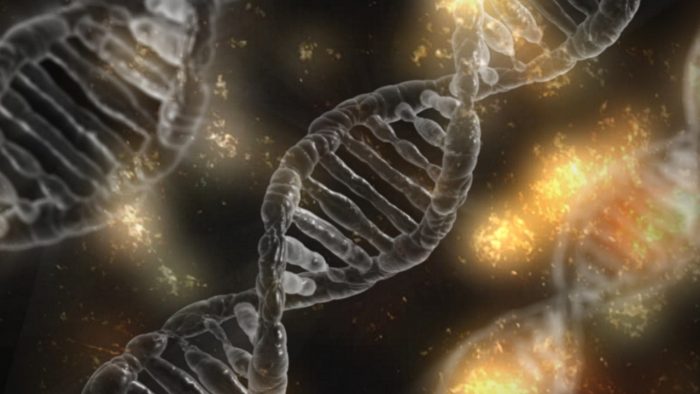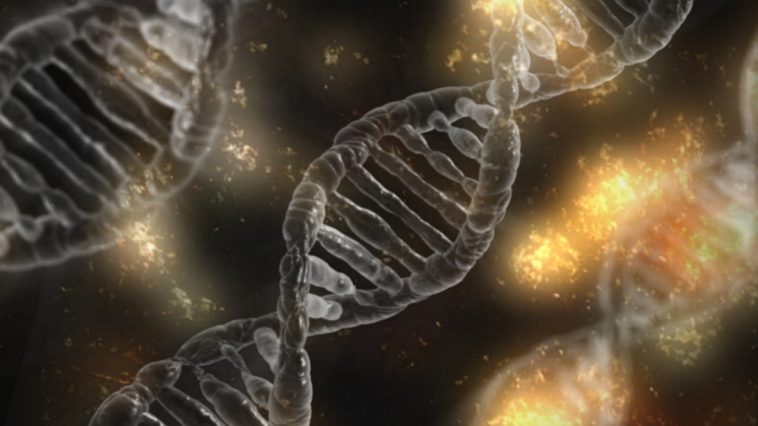In the hot summer, people are not only hot, but also hot, and sometimes they may suffer from heat stroke, and even death in severe cases. This is not sensational, because there are many examples in reality. Why do people die of heat? Many scientists want to unravel the mechanism.

Programmed cell death in vertebrate cells is regulated by two proteins: mixed lineage kinase domain-like protein (MLKL) and Gasdermin family proteins (eg Gasdermin D) that punch holes in the cell membrane. Among them, MLKL, when activated, can lead to necroptosis (the way cells die in heat stroke), while activation of Gasdermin D leads to pyroptosis, the main mode of cell death triggered after pathogen infection.
The above study found that there is a binding site for heat shock factor 1 (HSF1) in the promoter region of Z-DNA-binding protein-1 (ZBP1), so heat stress can increase the expression of ZBP1 through HSF1, and the activation mechanism of ZBP1 is related to that. Nucleic acid recognition is irrelevant. Subsequently, ZBP1 further induces the activation of the RIPK3 pathway, ultimately triggering programmed cell necrosis.
It can be simply understood that people exposed to a high-temperature environments for a long time will accelerate the process of cell necrosis, causing a variety of fatal symptoms, and eventually death by heat.



